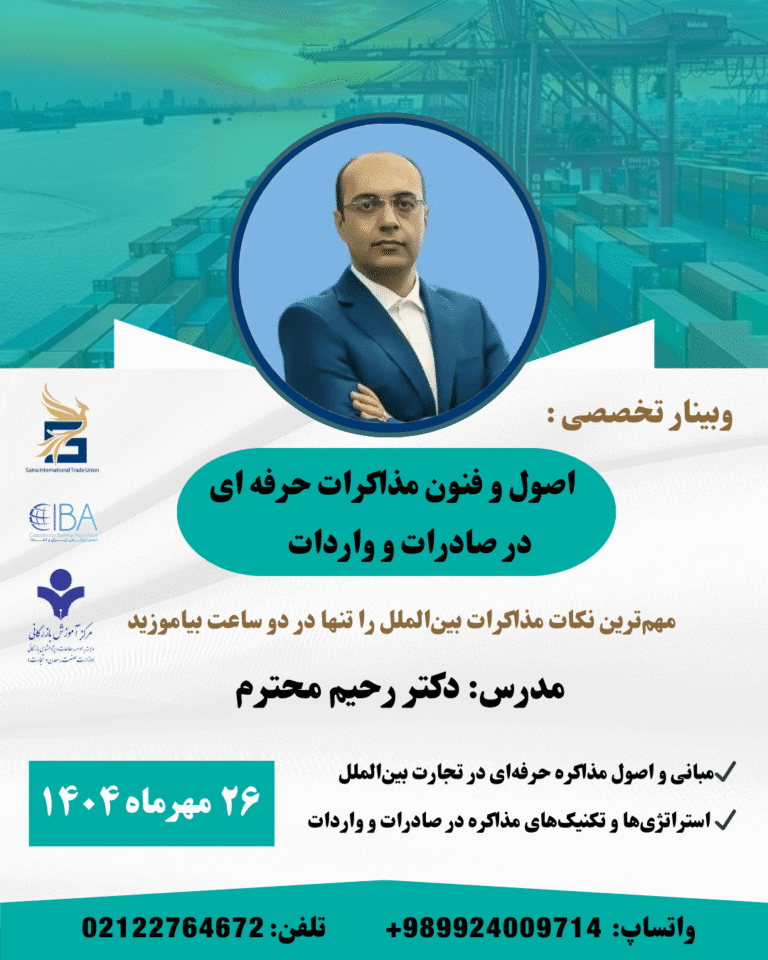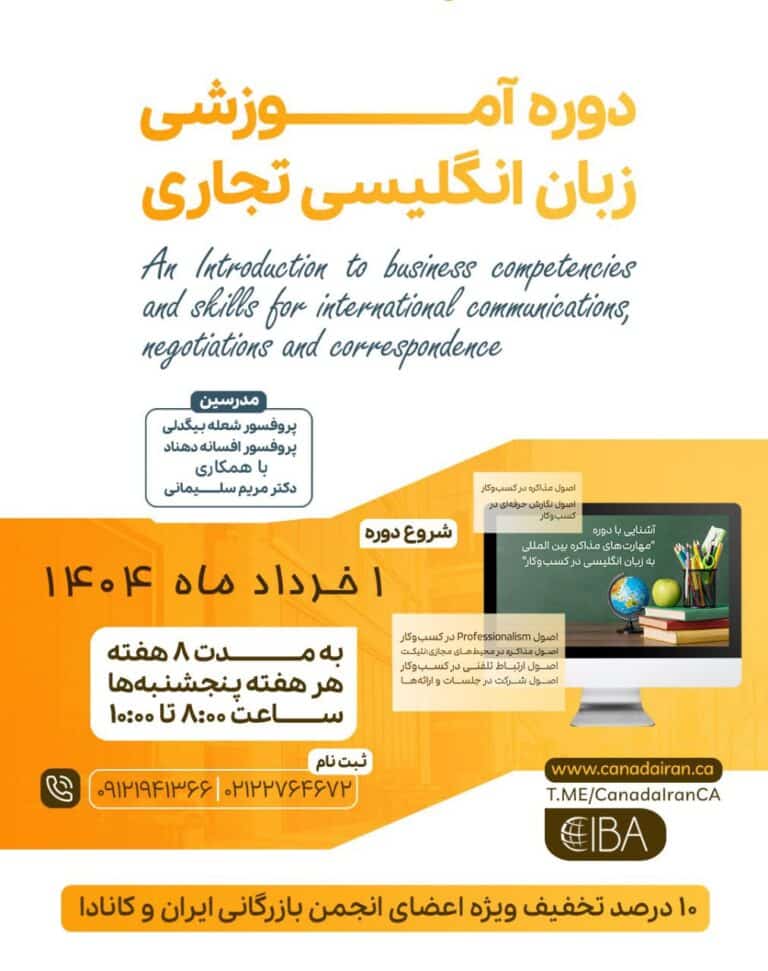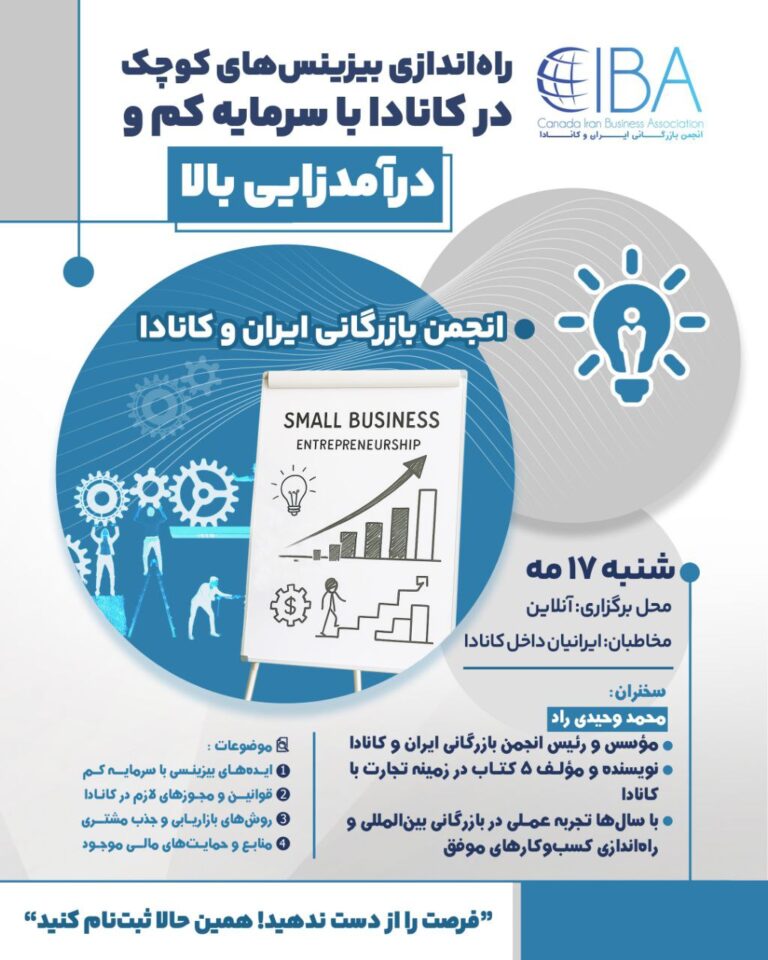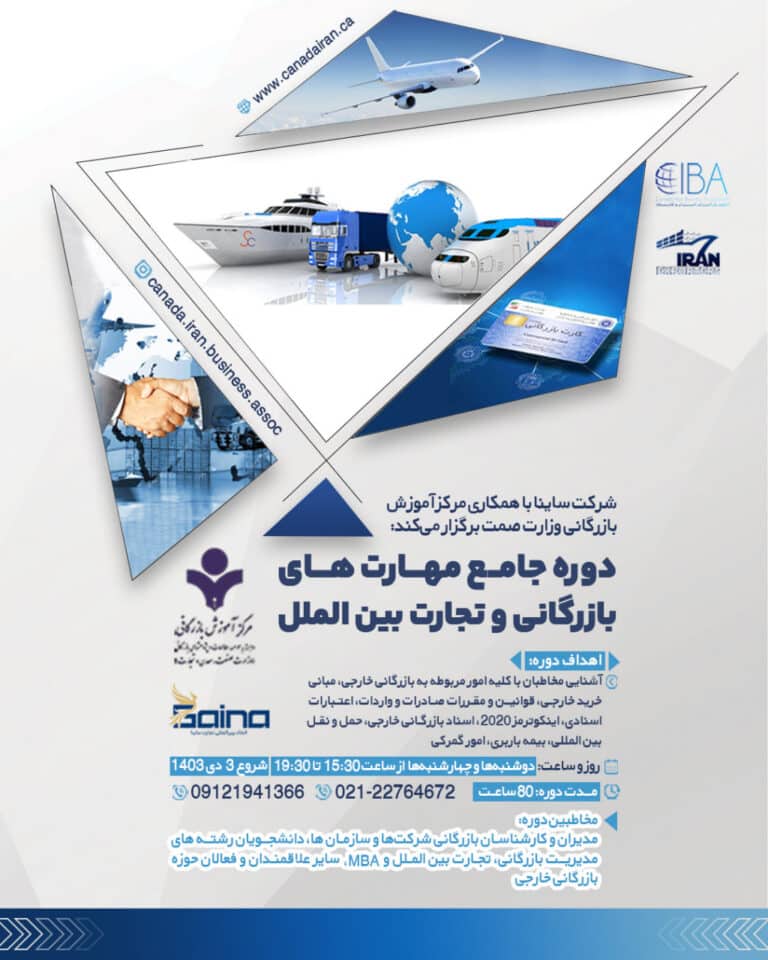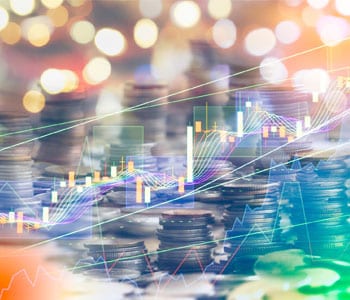
The world today stands atop a mountain of wealth that appears dazzling and secure from afar, but up close reveals deep fissures. According to a recent report from the McKinsey Global Institute, the total global assets—from real estate and stocks to savings and investment funds—have now reached $600 trillion.
Yet behind this staggering figure lies a critical question: Is this wealth built on genuine economic growth, or is it merely the product of inflation that has bloated asset values?
Wealth Outpacing the Real Economy
Over the past 25 years, the value of global assets has nearly quadrupled, while the world’s real output (GDP) has not seen such growth. In 2000, total global wealth was 4.7 times GDP; today, that ratio has climbed to 5.4. In other words, wealth has taken off like a plane at 500 kilometers per hour, while the real economy is still taxiing down the runway at 100 kilometers.
But where does the danger lie? A large portion of this wealth is concentrated in the hands of a tiny minority: just one percent of the world’s richest individuals own one-fifth of all global assets. This class divide, if combined with financial and inflationary crises, could upend societal balances.
Asset Bubbles and Swollen Debts
McKinsey warns in its report that much of this growth is illusory. Of the $400 trillion increase in wealth this century, only 30 percent stems from real investments in factories, infrastructure, and technology.
Around 40 percent is the result of inflation, and more than one-third is “paper gains”—existing only on brokerage screens, not in the real world.
For every dollar of new investment, the world has generated $3.50 in paper wealth; yet at the same time, $2 in new debt has been added. Global debt now stands at 2.6 times GDP—the highest level in history.
Markets Between Hope and Fear
In 2025, global stock indices have risen about 17 percent, largely fueled by the AI frenzy that has propelled tech companies into new orbits. On the other hand, global gold prices have surged more than 50 percent, signaling investors’ fears of persistent inflation and loose government monetary policies.
In essence, markets are betting on two horses at once:
- – One on future productivity driven by AI,
- – The other on chronic inflation from unchecked money printing and government spending.
Two Paths Ahead for the Global Economy
McKinsey outlines two primary scenarios for the coming decade:
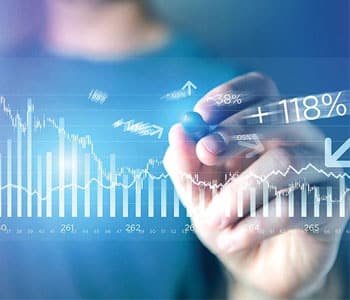
1. **The Bright Path – The Productivity Revolution**
If technology, especially artificial intelligence, truly boosts productivity, global output could grow more than one percent faster annually than the current trend. In this case, wealth would rest on real growth, inflation would be contained, and economies would achieve sustainable balance.
2. **The Dark Path – Runaway Inflation**
But if growth feeds only on inflation, household purchasing power will erode, economic planning will falter, and political instability will spread. In such a scenario, debts may appear smaller on paper, but real poverty will deepen.
To illustrate the difference, McKinsey estimates that in the U.S., by 2033, the gap between these two paths could mean a $160,000 difference in wealth for the average family.
Implications for Emerging Markets – From China to Iran
In developed countries, most wealth is concentrated in stocks and real estate; in China, it’s in bank deposits. But for nations like Iran, facing sanctions on one side and structural inflation on the other, these global shifts could have amplified effects.
Global inflation typically manifests in Iran as rising prices for imported goods and pressure on exchange rates. Conversely, global productivity growth could make export markets more competitive for Iranian goods—if policies are right.
A Lesson for Policymakers
McKinsey concludes its report with a stark emphasis:
“Economies cannot maintain balance between wealth and welfare without productivity growth. Inflation, in the end, only makes the numbers bigger, not people’s lives.”
For policymakers—from Washington to Tehran—the message is clear:
Instead of injecting liquidity and heating up asset markets, focus on real growth investments: education, technology, infrastructure, and production efficiency.
Final Word
Wealth or Mirage?
The world stands at a pivotal moment. Wealth appears to be breaking records, but this ascent could lead to a great fall if not grounded in economic realities. The future hinges on how countries and companies decide:
- Will they pursue the path of productivity and sustainable growth, or continue beating the drums of inflation and debt?
The world today is full of tension, but also brimming with opportunity. Perhaps this is the moment to stop inflating bubbles and return to the roots.
